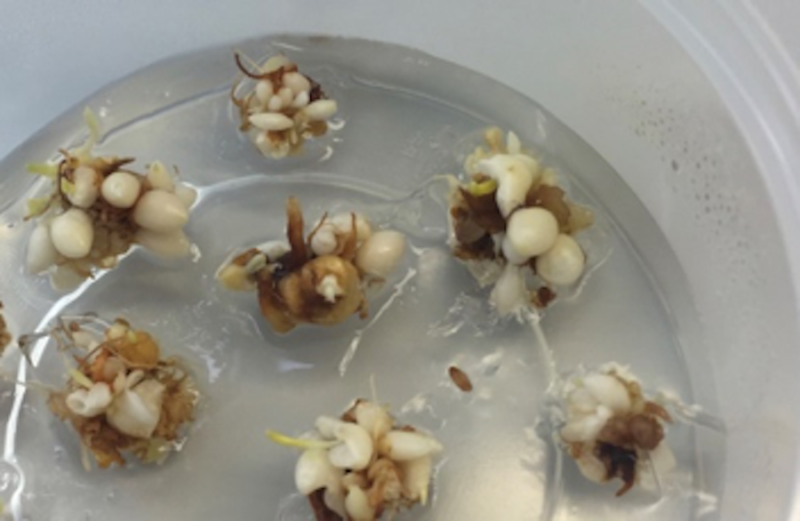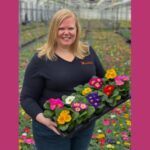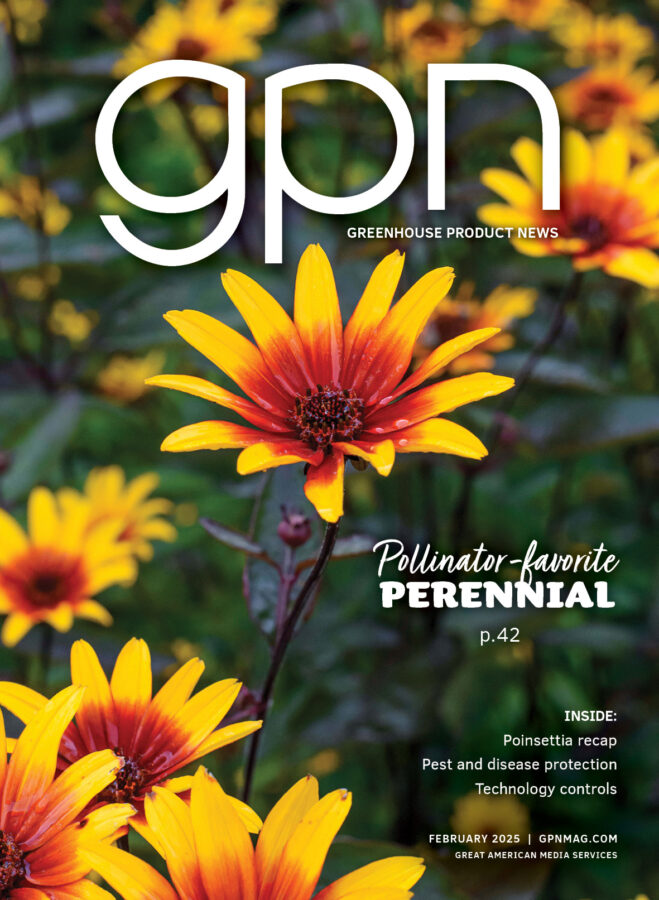
Dümmen Orange, IribovSBW Develop New Tulip Bulb Propagation Technique
Dümmen Orange, in collaboration with IribovSBW, has developed a new method to significantly speed up the propagation of tulip bulbs. The tissue culture method increases the multiplication rate of a single tulip bulb from three to several thousand per year.
After the acquisition of Hobaho by Dümmen Orange two years ago, the existing collaboration with IribovSBW has intensified to speeding up bulb propagation. The newly developed laboratory-based propagation process uses starting material from a single tulip bulb.
After about one year, the tissue culture-derived small bulbs were allowed to further develop in a soil mixture to get to bulb sizes ready for flowering. Last spring successful flowering trials took place in the open field at the Ornamental Crops Trial Centre in Lisse, the Netherlands.
Researchers have been working on speeding up the propagation of tulip bulbs for decades. Currently, the average multiplication factor of a flower bulb is three per growing season, a figure that has barely risen at all since the introduction of the tulip in the 16th century.
Hans van den Heuvel, managing director R&D Dümmen Orange, said “This revolutionary breakthrough drastically changes the dynamics of the tulip breeding process that eventually should not take longer than six to seven years. It gives us a good competitive edge and the confidence that we and our partners can add value in this important product group.”
Eloy Boon, founder and CEO of IribovSBW, said “We are proud of this first result from our research program into crops that are difficult to propagate. Our interactive working relationship with Dümmen Orange has enabled everything to happen at high speed. We are still investigating how the tulip propagation process can be further optimized and are preparing implementation on a commercial scale.”
Foeke Gardenier, general manager Hobaho by Dümmen Orange, said “There is an urgent need in the sector for the rapid introduction of new cultivars with unique ornamental and horticultural value and traits that promotes sustainable cultivation. This technology will make that happen.”


 Video Library
Video Library 



















